Understanding your dog’s needs and knowing how to care for them properly is essential to maintaining a happy and healthy relationship. While you might be doing your best, there are some common mistakes that can inadvertently cause your pet distress. Here’s a list of things you should avoid if you want to keep your furry friend’s tail wagging and their heart at ease.
1. Yelling At Them

Raising your voice at your dog can have more severe impacts than you might think. Dogs are incredibly sensitive to tone and volume, and yelling can create an environment of fear and anxiety. Patricia McConnell, an expert in animal behavior, explains that dogs don’t associate yelling with the specific behavior you’re trying to correct but rather with you as a source of fear. Instead of shouting, try using a calm but firm voice to guide and train your dog. Positive reinforcement will always be more effective in helping your dog learn and feel secure.
Imagine you’re in a foreign country, and someone is shouting at you in a language you don’t understand. That’s how your dog feels when you yell. They can’t process the words, only the emotion and volume, which can be overpowering. Over time, your dog may become more anxious and less responsive to your commands. Keep the communication clear and calm, focusing on rewarding good behavior instead.
2. Changing Their Routine Frequently

Dogs thrive on routine, and sudden changes can be unsettling for them. If you find yourself constantly altering your dog’s schedule, it could lead to confusion and stress. Whether it’s adjusting feeding times, changing walking schedules, or shifting bedtime routines, try to maintain consistency. A structured environment helps dogs feel secure and understand what’s expected of them. Before making any changes, be sure to introduce adjustments gradually.
When your dog knows what to expect, they can navigate their day confidently and comfortably. This predictability allows them to relax and enjoy their time with you without unnecessary worry. Imagine how disoriented you’d feel if your morning routine was regularly disrupted; dogs experience a similar sense of disarray. Providing a stable and consistent schedule will strengthen your bond and ensure your dog feels safe and loved.
3. Neglecting Socialization
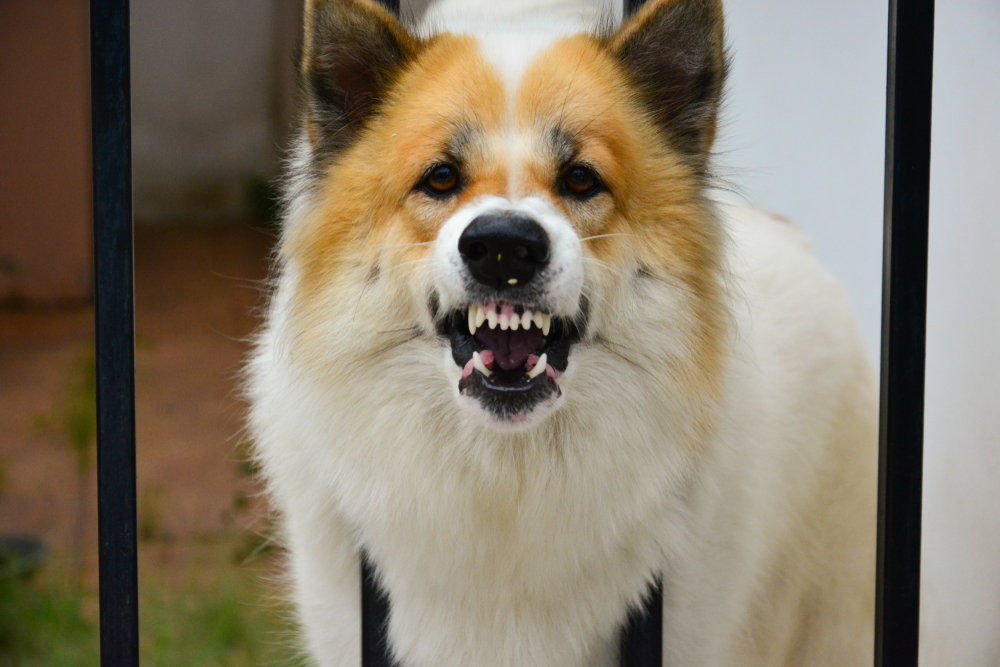
Socializing your dog is crucial for their development and overall well-being. When dogs are not exposed to new people, animals, and environments, they may become anxious or aggressive. According to Dr. Sophia Yin, a renowned veterinarian and animal behaviorist, a lack of socialization can lead to a host of behavioral problems, including fear and nervousness. It’s important to introduce your dog to various social situations in controlled and positive ways. This exposure helps them learn how to interact appropriately and become a confident, well-adjusted pet.
Socialization isn’t just about preventing negative behaviors; it’s also about enriching your dog’s life. When dogs are comfortable with different stimuli, they are less likely to react negatively and more likely to enjoy new experiences. Try starting with short, positive encounters, gradually increasing exposure as your dog becomes more comfortable. A well-socialized dog is generally happier and more relaxed, making for a better companion.
4. Ignoring Their Body Language
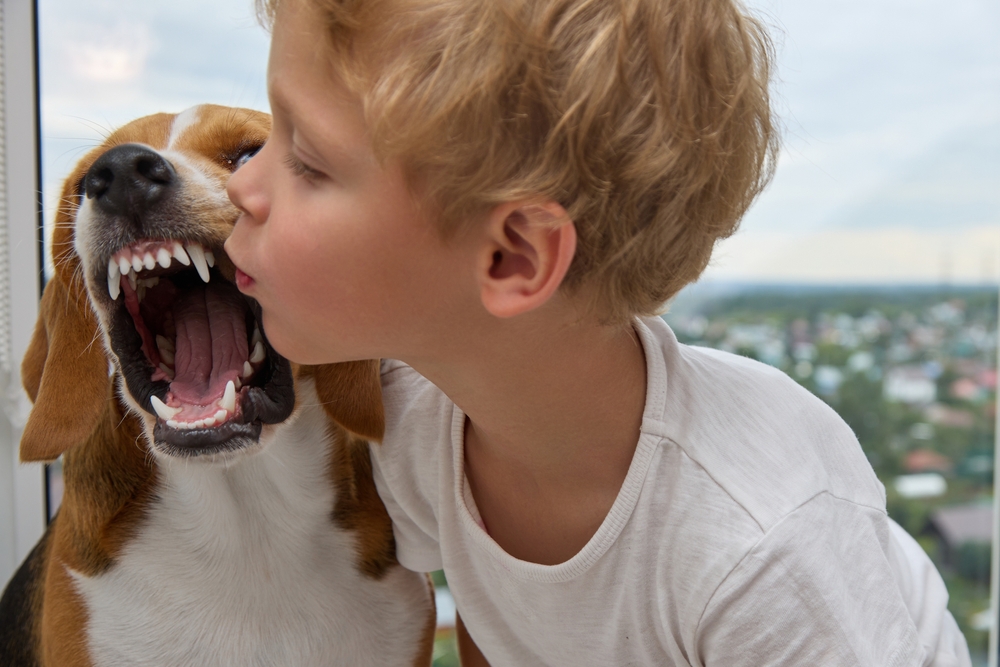
Your dog communicates a lot through their body language, and ignoring those signals can lead to problems. Dogs express how they feel through their eyes, ears, tails, and posture. If you’re not paying attention, you might miss important cues that indicate stress or discomfort. Observing and understanding these signals can prevent misunderstandings and allow you to respond appropriately. Learning to read your dog’s body language will enable you to address their needs effectively.
Imagine if no one ever listened to what you were saying—it’s frustrating, right? Dogs feel similarly when their body language is overlooked. This neglect can make your dog feel isolated and misunderstood. By acknowledging and responding to their signals, you reinforce your role as a caring and attentive pet owner. This awareness ensures a happier and healthier relationship between you and your dog.
5. Using Physical Punishment

Physical punishment is an outdated and harmful method of dog training that should be avoided. Not only is it ineffective, but it can also damage the trust between you and your dog. According to Dr. Marc Bekoff, an expert in animal emotions and behavior, physical punishment can lead to fear and aggression. Instead of promoting learning, it causes confusion and anxiety. Positive reinforcement and patience are the keys to effective training and a strong bond with your dog.
Consider how you would feel if your mistakes were met with physical reprimands instead of guidance and understanding. It’s not a compassionate or effective approach. When you focus on rewarding positive behavior, your dog will be more likely to repeat those actions, knowing that it pleases you. This approach fosters a more trusting and respectful relationship, creating a happier environment for both of you.
6. Leaving Them Alone For Long Periods

Dogs are social animals that thrive on companionship and interaction. Leaving them alone for extended periods can lead to loneliness and separation anxiety. While it’s understandable that life gets busy, it’s important to ensure your dog isn’t left isolated for too long. If necessary, consider hiring a pet sitter or enrolling them in doggy daycare to provide interaction and stimulation. Ensuring your dog has companionship will keep them happy and prevent behavioral issues.
Imagine being left alone without any interaction or stimulation for hours on end; it’s disheartening. Dogs need mental and physical engagement to remain healthy and content. When left alone, they might resort to destructive behaviors or experience significant stress. By providing adequate companionship, you ensure your dog remains well-adjusted and content.
7. Skipping Regular Veterinary Visits
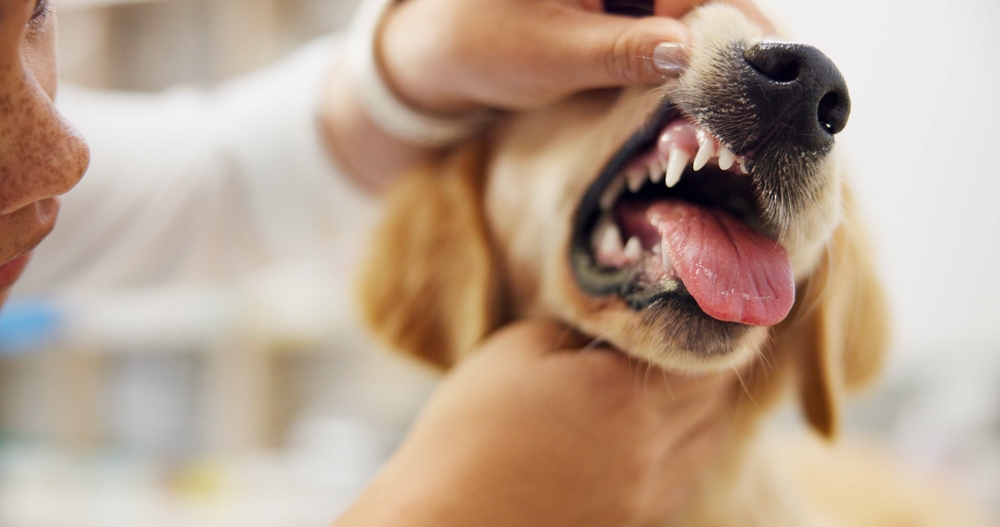
Regular veterinary check-ups are crucial for your dog’s health and well-being. These visits help catch potential health issues early and ensure your dog stays up to date with necessary vaccinations and treatments. The American Veterinary Medical Association emphasizes the importance of routine exams, noting that preventive care is essential for a long and healthy life. Ignoring these appointments can lead to undiagnosed problems that could have been easily managed if caught early. Prioritize your dog’s health by keeping up with regular vet visits.
You probably wouldn’t skip your annual health check-up, so why should your dog? Regular veterinary visits provide an opportunity to discuss any concerns and keep track of your dog’s overall health. Your vet can offer valuable advice on diet, exercise, and preventive care. By investing in regular check-ups, you ensure your furry friend remains healthy and happy for years to come.
8. Overfeeding Or Underfeeding

Nutrition is a fundamental aspect of your dog’s health, and improper feeding can have serious consequences. Overfeeding can lead to obesity, while underfeeding can result in malnutrition. Both conditions can cause a range of health issues, impacting your dog’s quality of life. It’s important to follow feeding guidelines based on your dog’s size, age, and activity level. Consulting your vet for tailored advice ensures your dog receives the right amount of nutrients.
Consider how sluggish or unwell you’d feel with an improper diet; dogs experience the same discomfort. Maintaining a balanced diet helps keep your dog energetic and healthy. Regularly monitor their weight and adjust food portions as necessary. A well-fed dog is a healthy and happy dog, ready to share adventures with you.
9. Not Providing Enough Exercise
Exercise is not just about keeping your dog physically fit; it’s vital for their mental well-being too. Lack of exercise can lead to obesity, boredom, and various behavioral issues such as aggression or destructiveness. Dogs need regular physical activity to release energy and stimulate their minds. Whether it’s a walk around the block, a game of fetch, or agility training, exercise should be a consistent part of your dog’s routine. Tailor the intensity and duration to your dog’s breed and energy level for optimal results.
Imagine being cooped up in a small space with no outlet for your energy—it’s frustrating. Your dog needs opportunities to move and explore to stay balanced and content. Exercise provides mental stimulation and helps prevent anxiety and restlessness. Ensuring your dog gets enough physical activity is crucial to their overall well-being and happiness.
10. Using Inappropriate Crate Training

Crate training can be an effective tool, but when done incorrectly, it can cause more harm than good. Using a crate as punishment or leaving your dog inside for too long can create negative associations and anxiety. To your dog, the crate should be a safe and comfortable space, not a prison. Begin by introducing the crate slowly, using positive reinforcement to make it a welcoming environment. The key is moderation and ensuring your dog has enough time outside the crate for exercise and interaction.
Imagine if you were confined to a small space for hours on end; it would be distressing. Dogs need room to move and explore, and a crate should never hinder their ability to do so. When used correctly, crate training can provide a sense of security and routine. Ensure your dog views their crate positively by never using it as a form of punishment.
11. Ignoring Dental Care
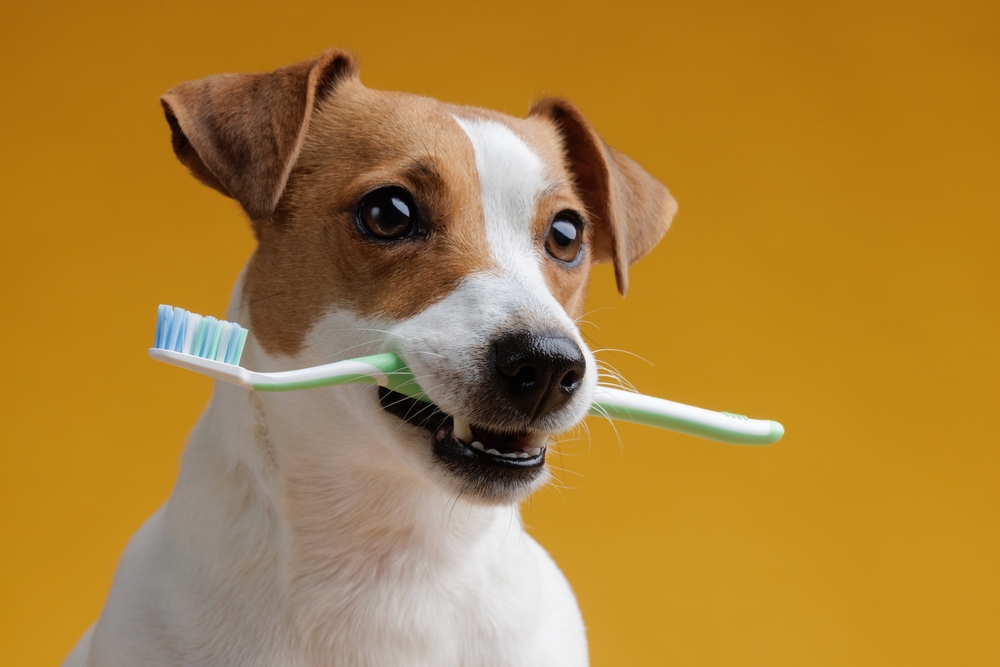
Dental health is often overlooked in dogs, yet it’s a critical aspect of their overall well-being. Poor dental hygiene can lead to gum disease, tooth loss, and even more severe health issues, such as heart disease. Regular brushing and dental check-ups are essential to maintaining your dog’s oral health. Use dog-friendly toothpaste and brushes, and consider dental treats or toys to help keep their teeth clean. Ignoring dental care can cause unnecessary pain and health complications for your pet.
Think about how uncomfortable it is to deal with dental issues; dogs experience similar discomfort. Taking proactive steps in your dog’s dental care can prevent a myriad of problems down the line. Make dental hygiene a regular part of your dog’s routine to ensure they remain healthy and pain-free. Your dog’s smile is worth the effort.
12. Not Addressing Behavioral Issues
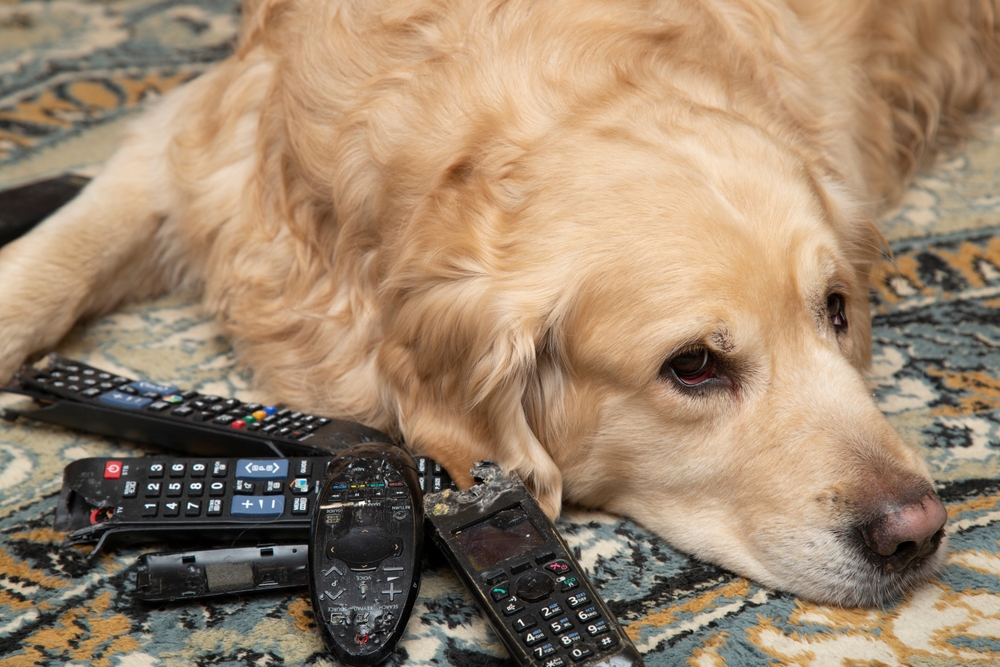
Ignoring problematic behavior in your dog won’t make it disappear; it often worsens over time. Whether it’s aggression, excessive barking, or destructive behavior, addressing these issues promptly is crucial. Understanding the root cause and using positive reinforcement techniques can help correct unwanted behaviors. Seeking the advice of a professional dog trainer or behaviorist can provide tailored solutions to specific problems. Addressing issues early on ensures a harmonious relationship and a well-behaved pet.
Imagine living with habits or fears that are never addressed; it’s similarly frustrating for your dog. Problematic behaviors can strain your relationship and affect your dog’s quality of life. By taking the time to understand and address these issues, you show your commitment to their well-being. Effective training fosters a happier and healthier environment for both you and your dog.
13. Failing To Provide Mental Stimulation
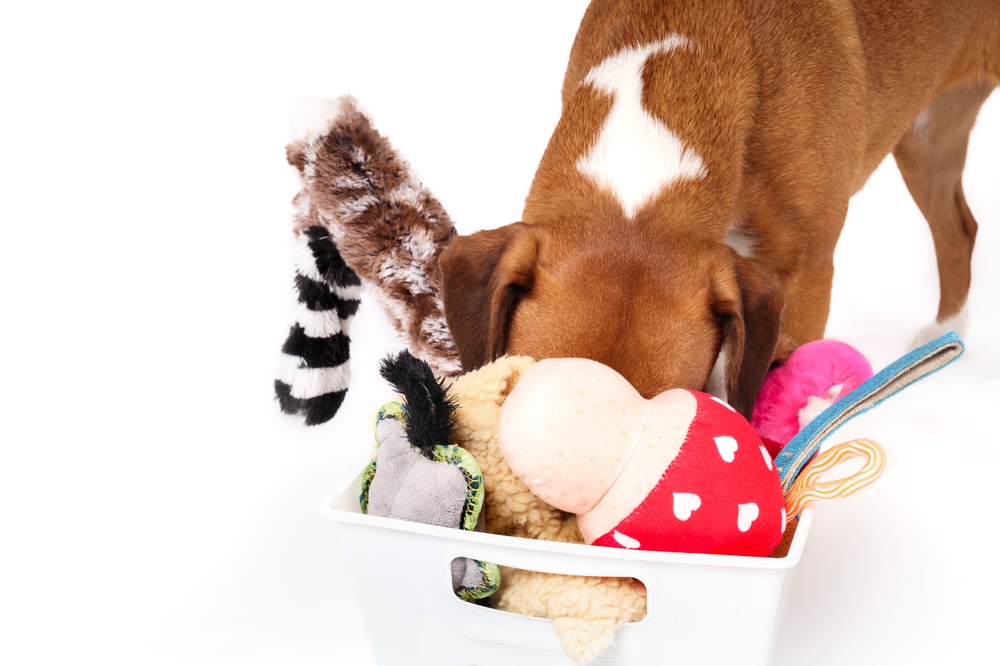
Mental stimulation is as important as physical exercise for a dog’s overall health. Boredom can lead to destructive behaviors, anxiety, and even depression. Puzzle toys, training exercises, and interactive play are excellent ways to challenge your dog’s mind. Mental stimulation enhances your dog’s problem-solving skills and keeps them engaged. Consider activities that cater to your dog’s interests and abilities to keep them mentally fit.
Imagine being stuck in a monotonous routine without any intellectual challenge; it’s dull. Dogs thrive on mental challenges that engage their senses and enhance their cognitive skills. Regularly introducing new and stimulating activities prevents boredom and enriches your dog’s life. By investing in mental stimulation, you contribute to a well-rounded, happy, and healthy pet.
